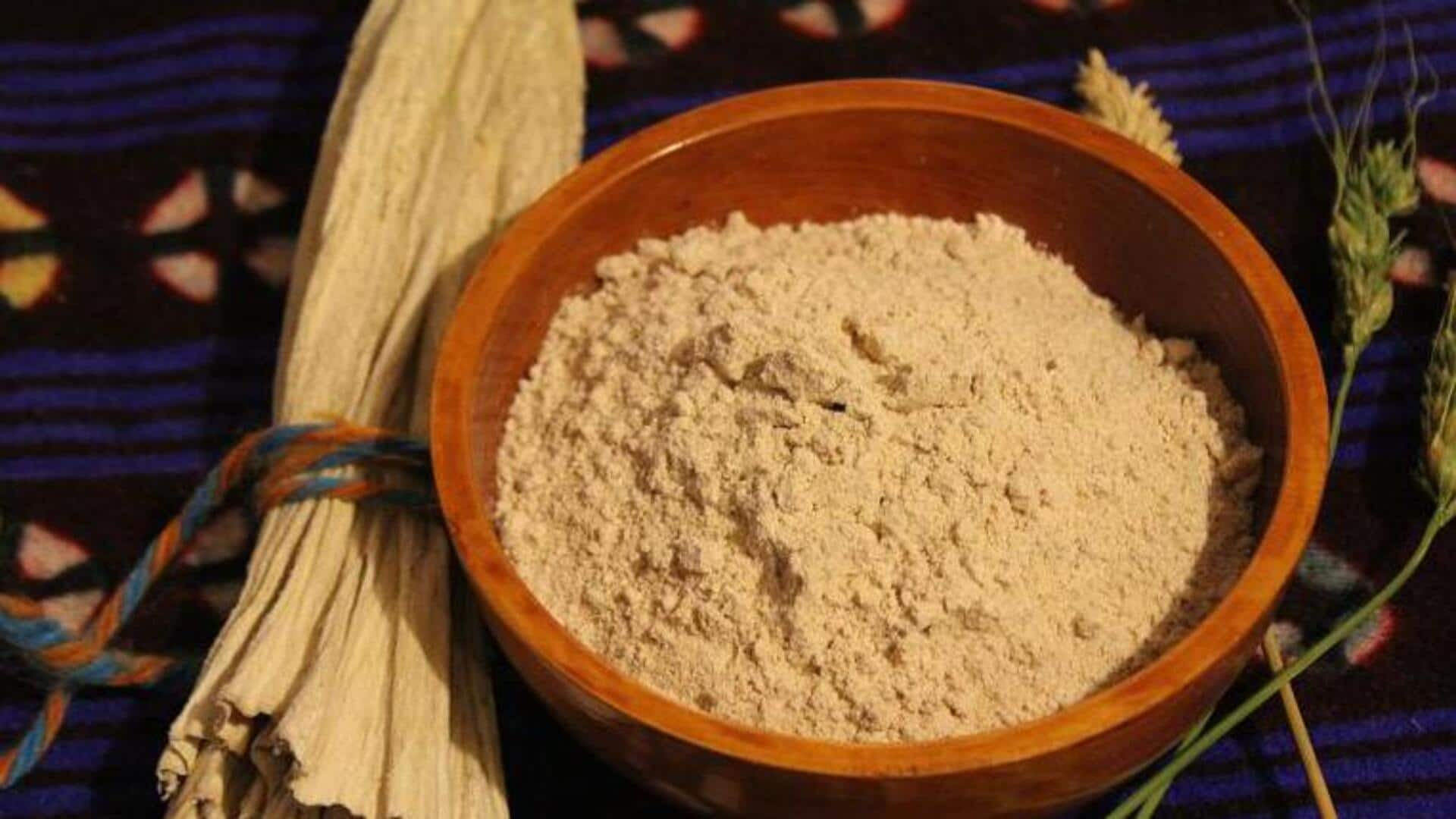
Essential grains for making authentic Tibetan tsampa
What's the story
Tsampa holds a special place in Tibetan cuisine as a staple food that embodies simplicity, sustenance, and deep cultural significance.
It is traditionally made using barley flour and can be easily combined with different ingredients to create a satisfying and nourishing meal.
Grasping the nuances of the grains used in tsampa is key for anyone aiming to delve into the authentic experience of this quintessential Tibetan dish.
Core
Barley: The core ingredient
Barley is the backbone of tsampa, comprising over 90% of its makeup.
In Tibet, the barley utilized is typically a special variety called "naked barley." This variety features a hull that readily separates from the grain, facilitating its grinding into flour.
This barley is high in fiber, vitamins, and minerals, which translates to the nutritious nature of tsampa.
Addition
Buckwheat: A nutritious addition
Although barley is the most prevalent, some regions of Tibet also incorporate buckwheat into their tsampa flour blends.
Buckwheat contributes a unique taste and enhances the nutritional value of the meal, providing increased protein and essential amino acids.
In most cases, buckwheat makes up 10% or less of the tsampa blend.
Alternative
Millet: An alternative grain
In regions where barley cultivation is limited by climate, millet provides a nutritious alternative for preparing tsampa.
Millet flour, either used on its own or combined with barley flour, offers unique variations of tsampa.
High in magnesium and known for its resilience to grow in diverse soils, millet holds special significance.
Binding
Wheat flour: For binding
A pinch of wheat flour is also sometimes added to tsampa mixtures to enhance texture and binding properties.
This addition is particularly beneficial when kneading doughs or pastes for various preparations of tsampa-based dishes.
Although the percentage of wheat flour used is typically small, it is key in obtaining the desired consistency.
Preparing
Tips on preparing tsampa
Creating authentic Tibetan tsampa is a dance, a rhythm, a harmony of flavor, texture, and nutrition in every grain.
Roasting the grains a touch before grinding unlocks a symphony of flavor.
Kneading tsampa powder with water or tea for doughs or porridges creates a melody of textures.
Playing with temperature fine-tunes textures to your liking, keeping authenticity intact.